

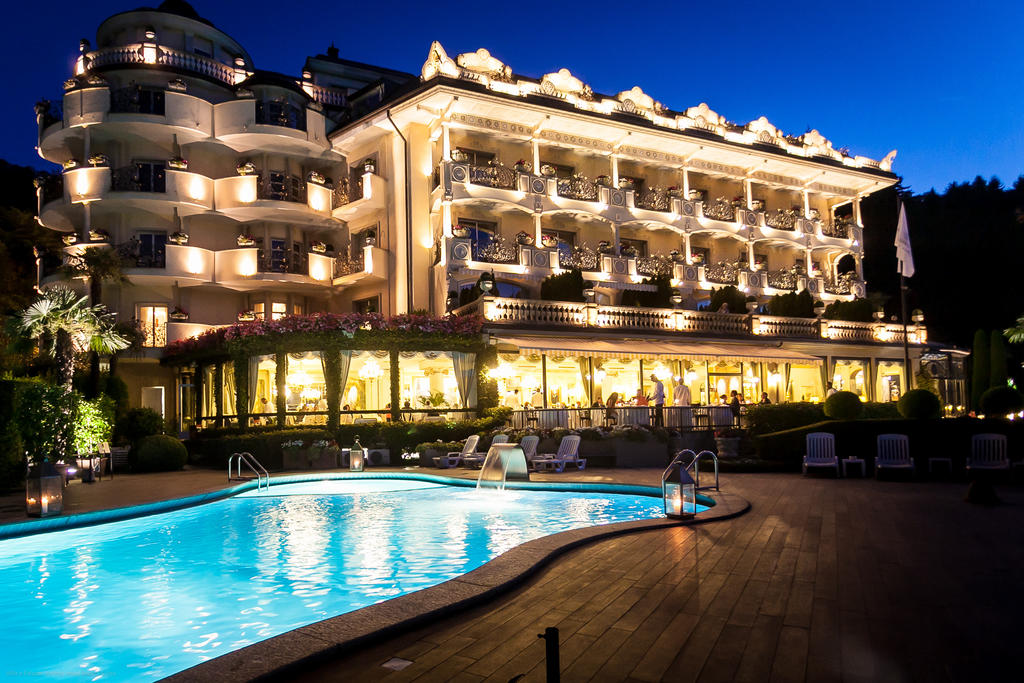



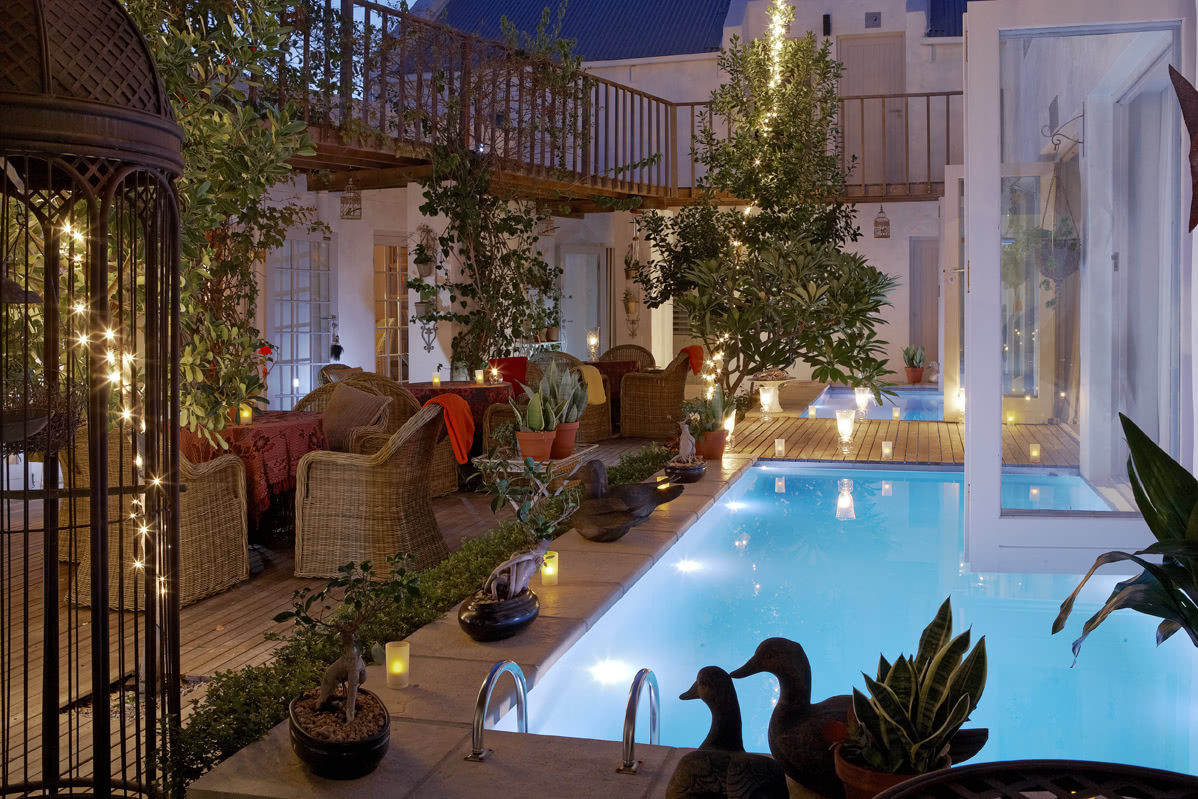
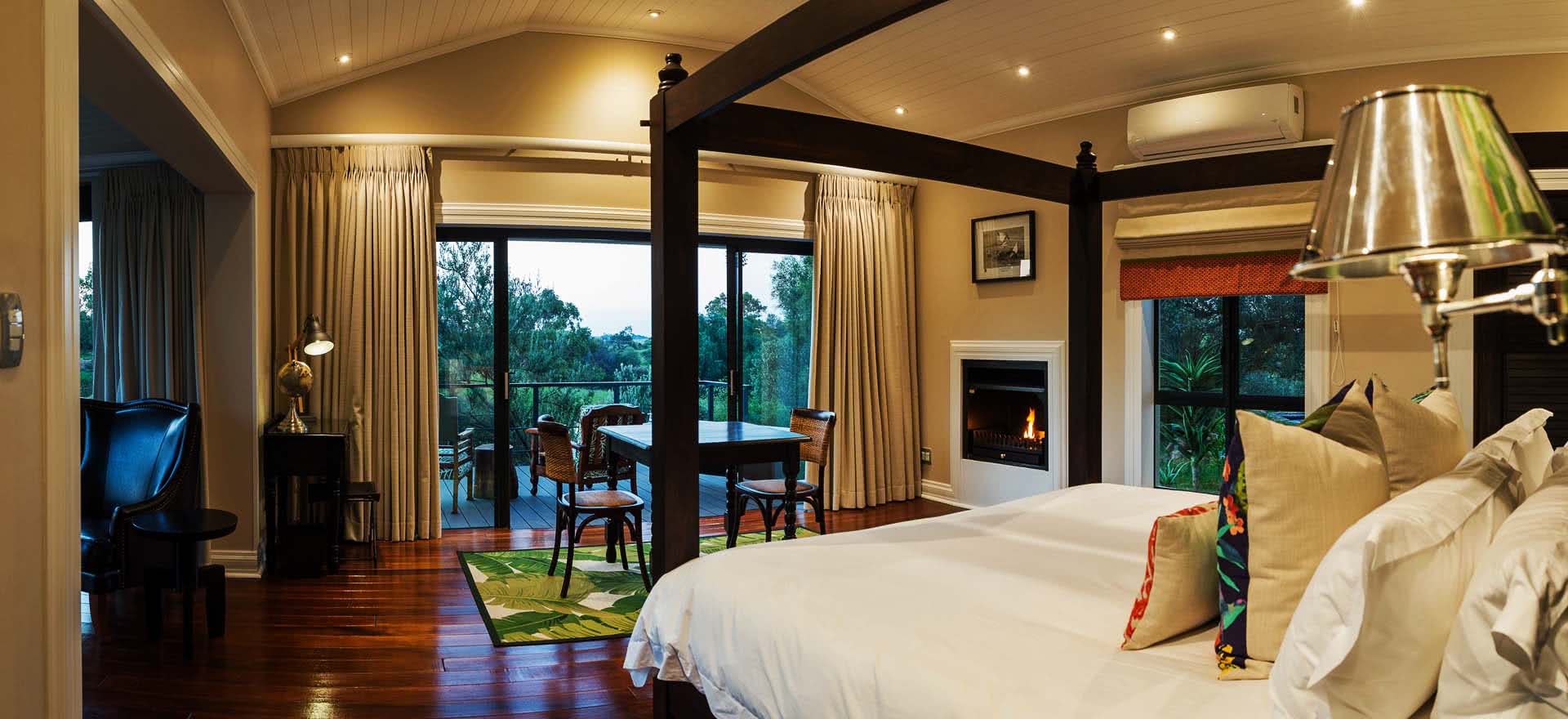
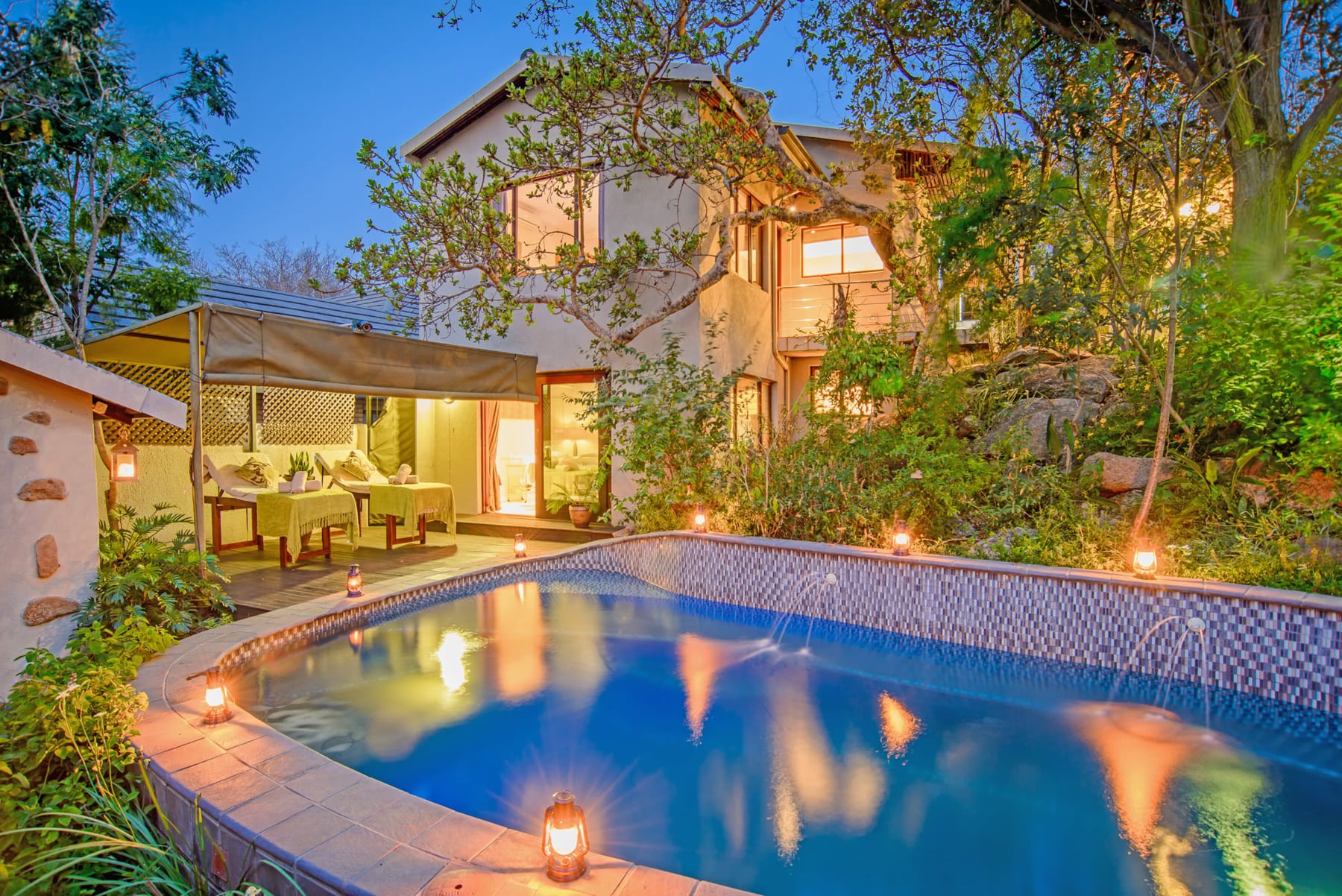




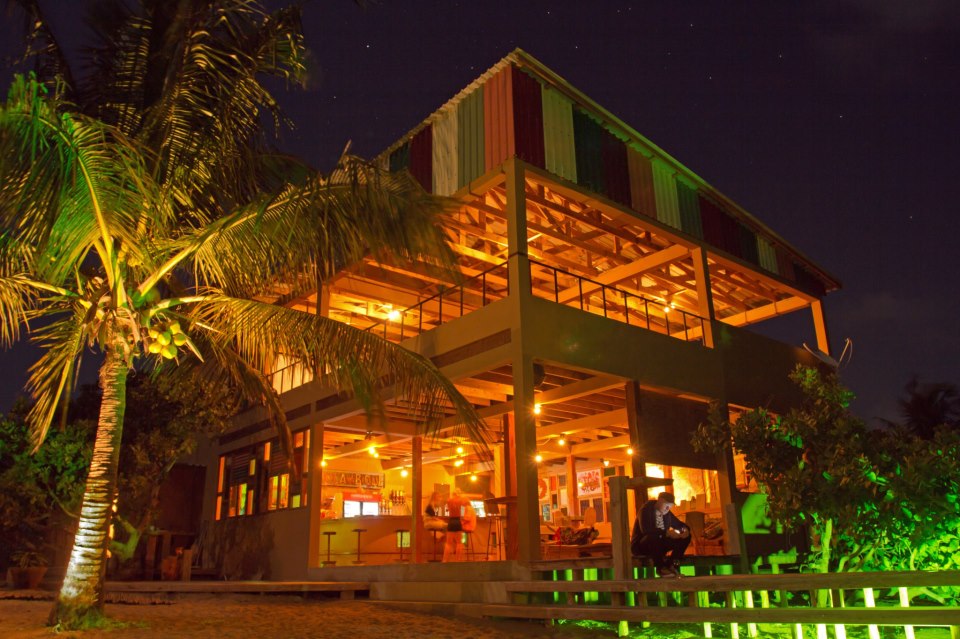




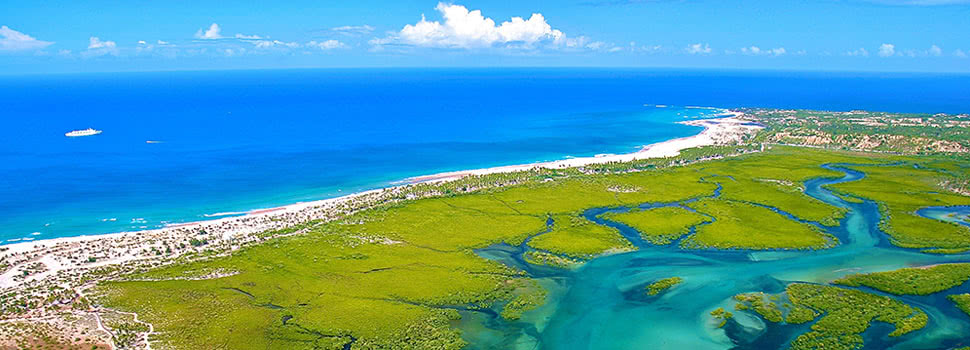
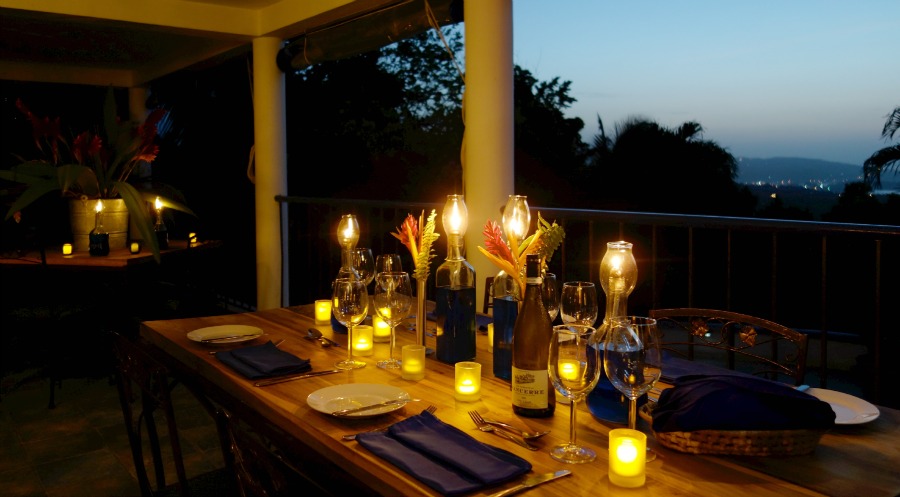



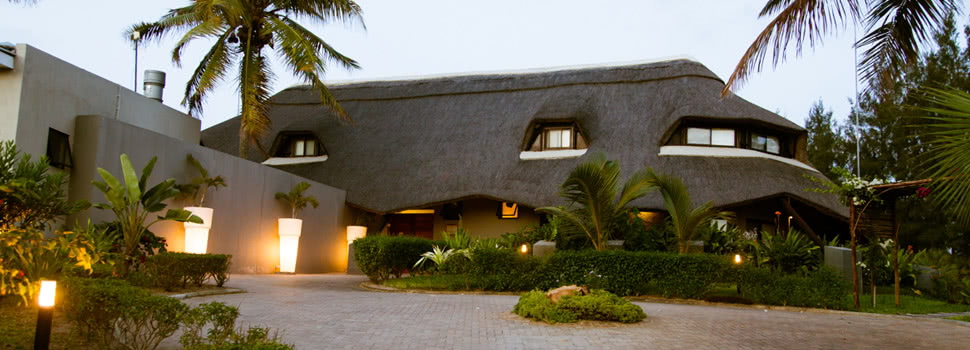



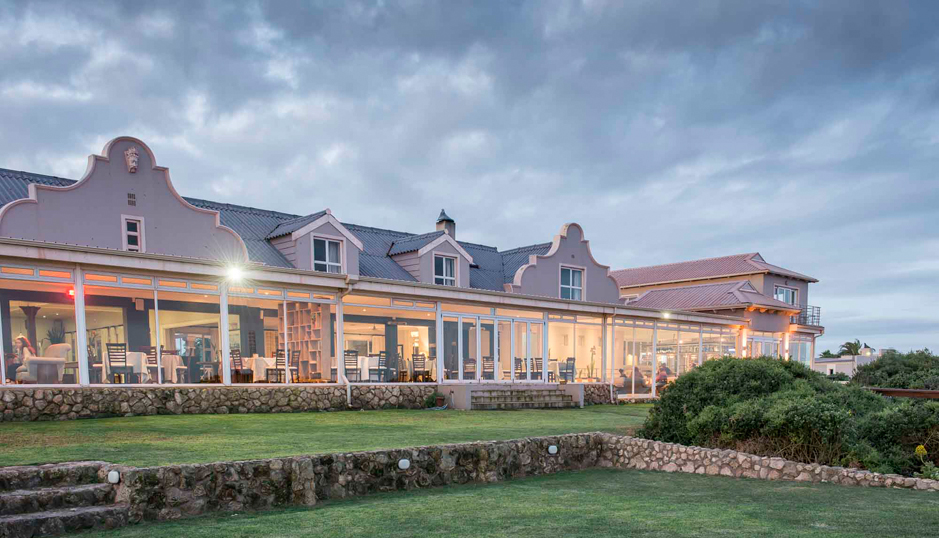


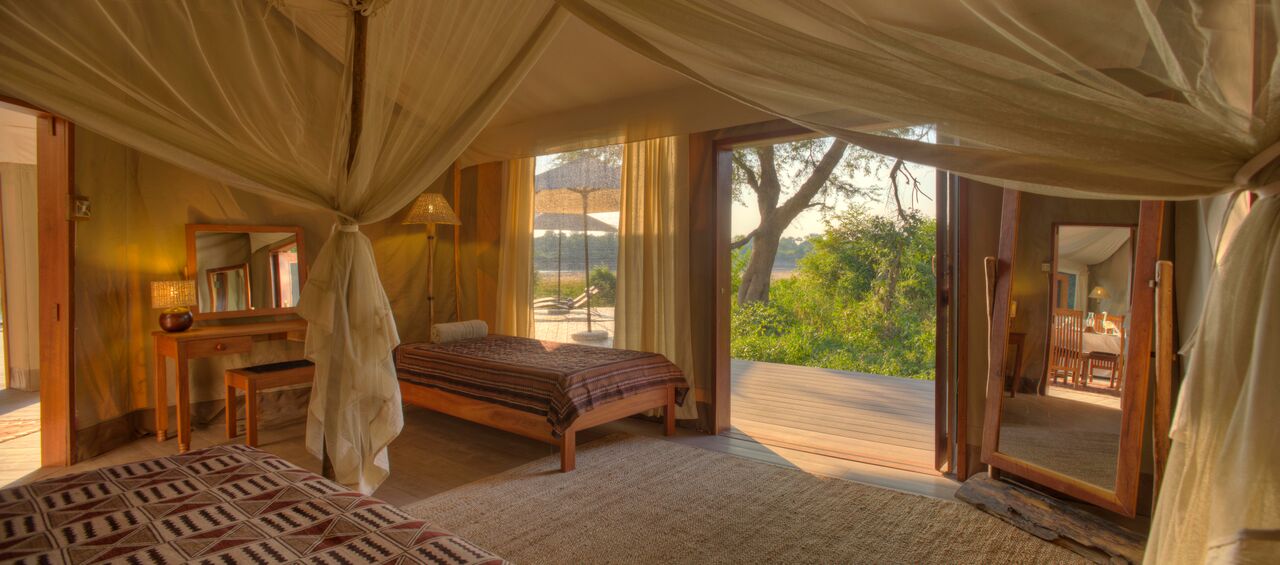


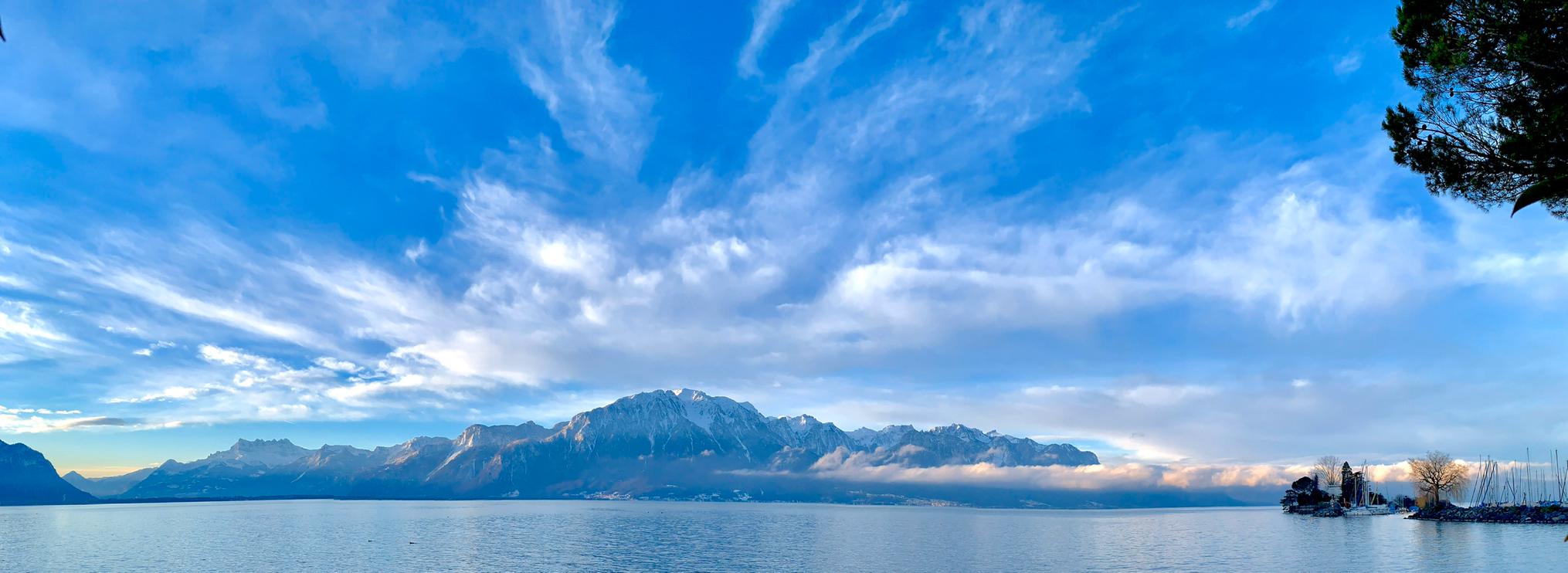


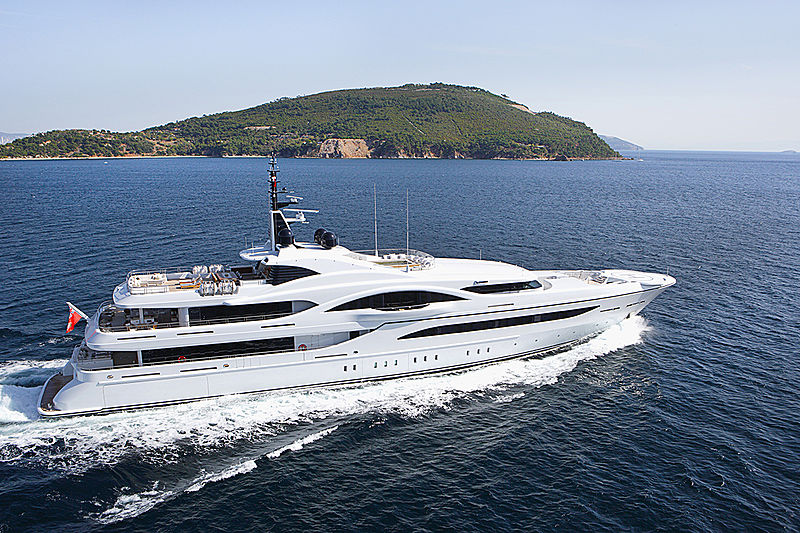














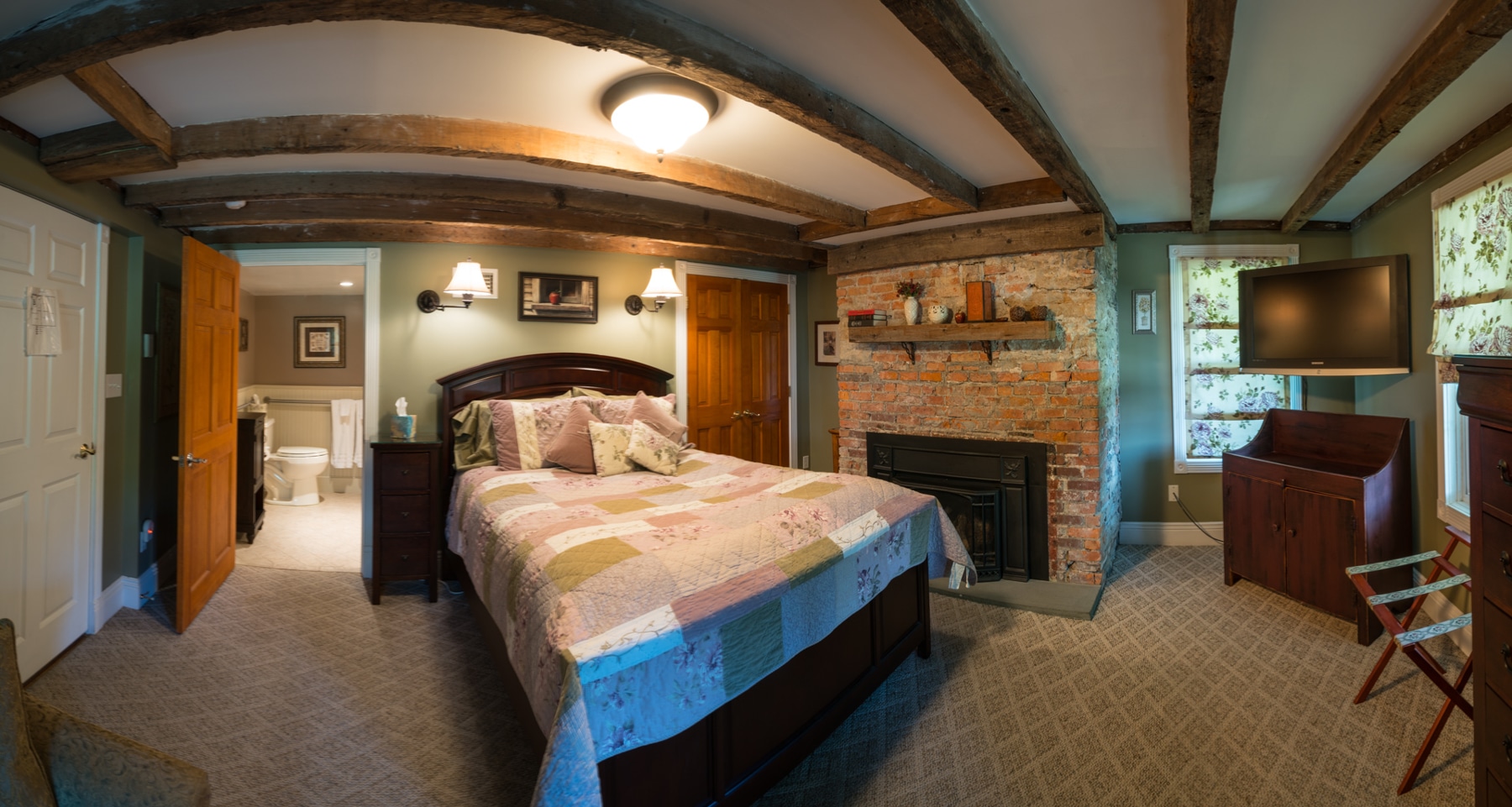






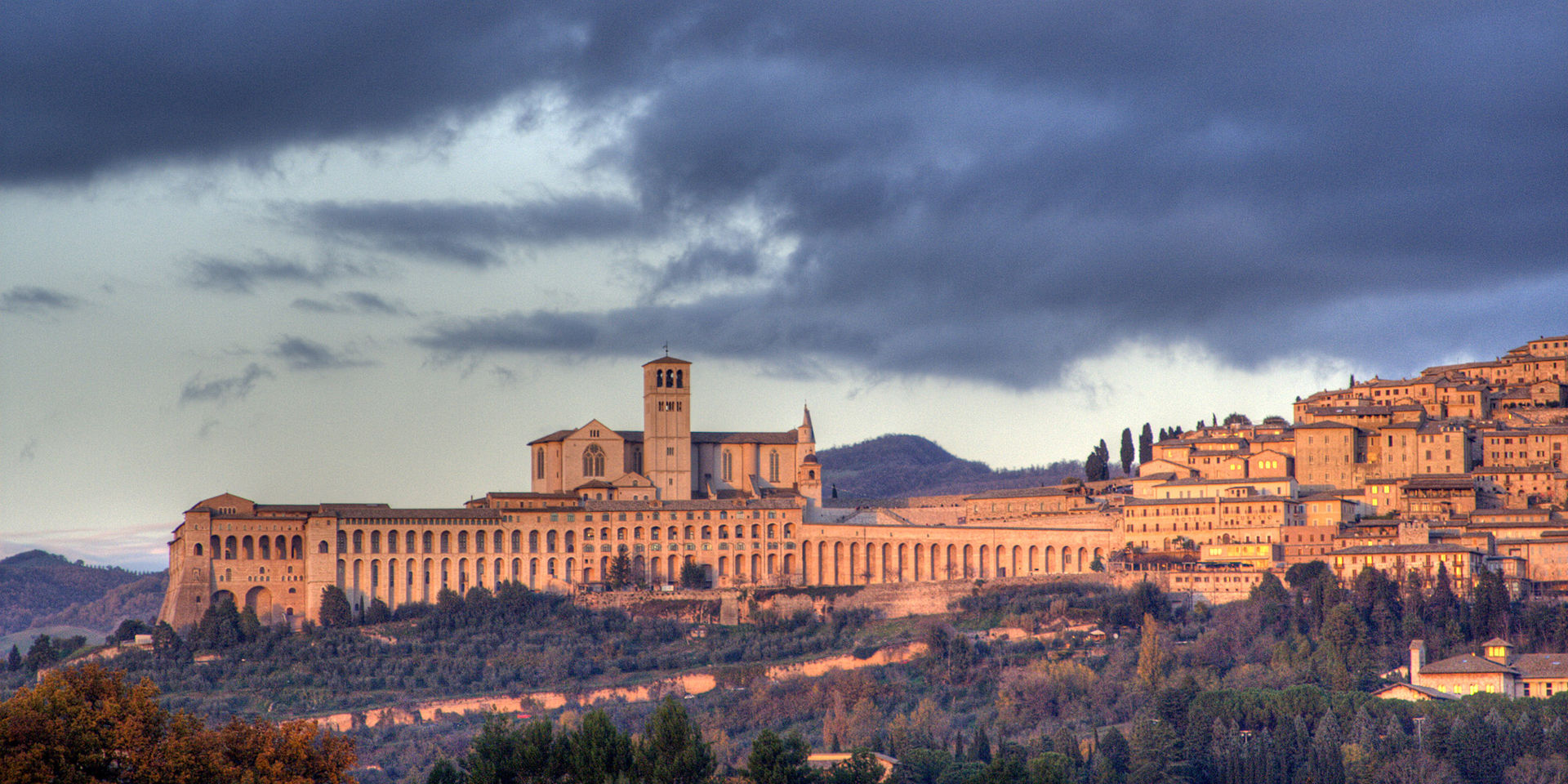
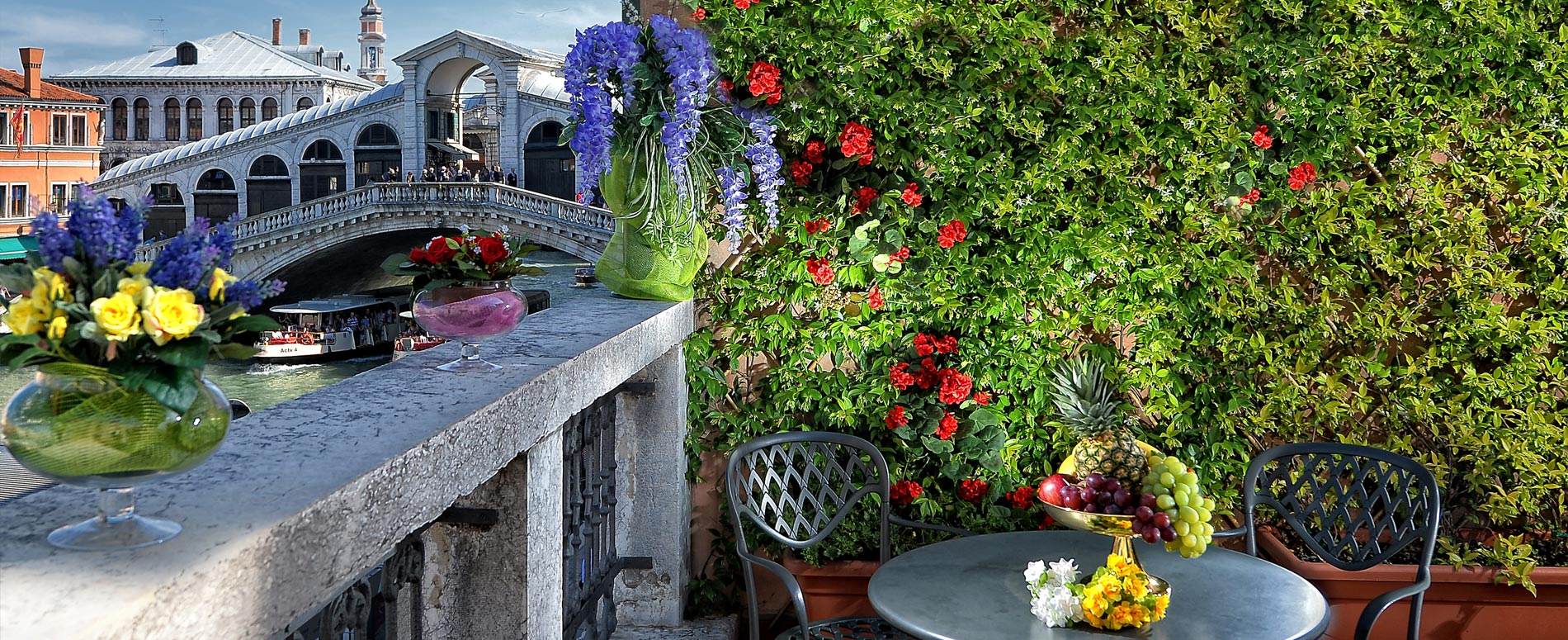








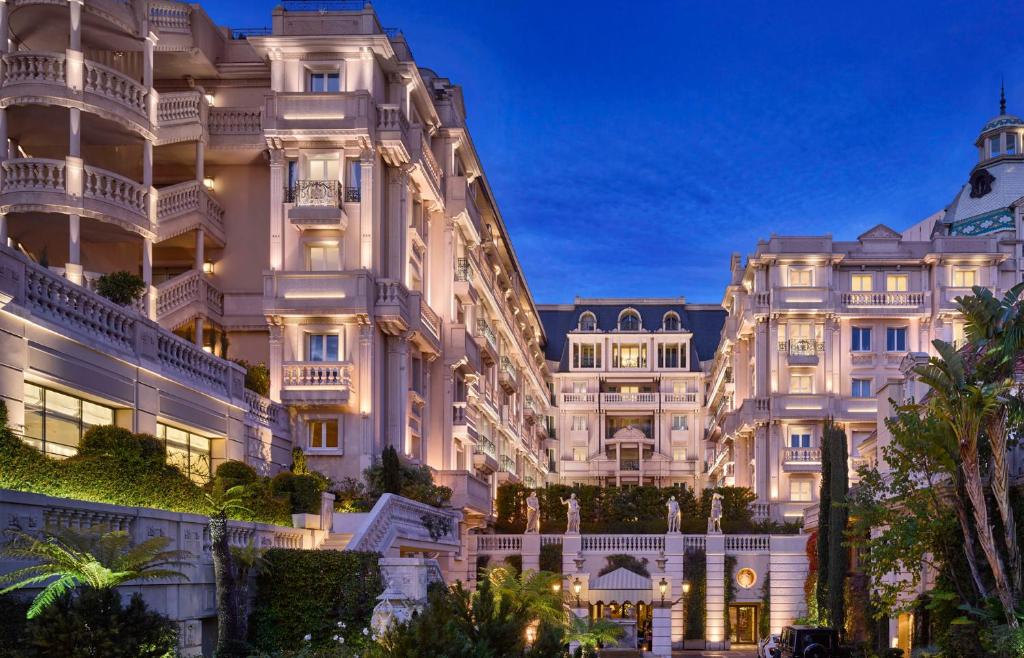

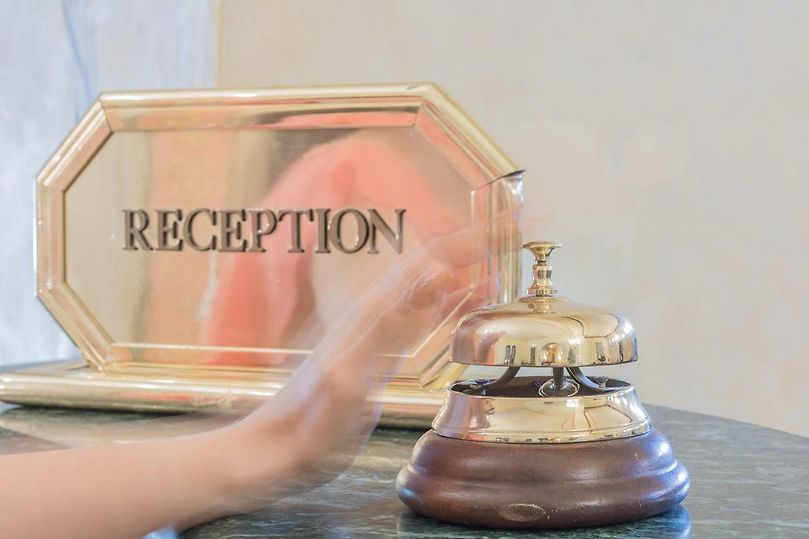

Tivoli, Rome, Italy
Agent: Cliff Jacobs - Managing Principal Estate Agent & CEO (Nat.Dpl.Hotel Man (UJ). M.P.R.E.)
Agent Cellphone: +27 (0) 84 413 1071 / +27 (0) 61 716 6951
Agent Office Number: +27 (0) 84 413 1071
Agent Email Address: cliff@exquisitehotelconsultants.com
Type: Boutique Hotel
Bedrooms: 36
Bathrooms: 36
Showers: 36
Parking: 500
Yield: Not Disclosed
TGCSA Rating:

Tivoli
Tivoli is a town and comune in Lazio, central Italy, 30 kilometres (19 miles) north-east of Rome, at the falls of the Aniene river where it issues from the Sabine hills. The city offers a wide view over the Roman Campagna.
History
Gaius Julius Solinus cites Cato the Elder's lost Origines for the story that the city of Tibur was founded by Catillus the Arcadian, a son of Amphiaraus, who came there having escaped the slaughter at Thebes, Greece. Catillus and his three sons Tiburtus, Coras, and Catillus drove out the Siculi from the Aniene plateau and founded a city they named Tibur in honor of Tiburtus. According to another account, Tibur was a colony of Alba Longa. Historical traces of settlement in the area date back to the thirteenth century BC. Tibur may share a common root with the river Tiber and the Latin praenomen Tiberius.
From Etruscan times Tibur, a Sabine city, was the seat of the Tiburtine Sibyl. There are two small temples above the falls, the rotunda traditionally associated with Vesta and the rectangular one with the Sibyl of Tibur, whom Varro calls Albunea, the water nymph who was worshipped on the banks of the Anio as a tenth Sibyl added to the nine mentioned by the Greek writers. In the nearby woods, Faunus had a sacred grove. During the Roman age Tibur maintained a certain importance, being on the way (the Via Tiburtina, extended as the Via Valeria) that Romans had to follow to cross the mountain regions of the Apennines towards the Abruzzo, the region where lived some of its fiercest enemies such as Volsci, Sabines, and Samnites.
Roman age
At first an independent ally of Rome, Tibur allied itself with the Gauls in 361 BC. Vestiges remain of its defensive walls of this period, in opus quadratum. In 338 BC, however, Tibur was defeated and absorbed by the Romans. The city acquired Roman citizenship in 90 BC and became a resort area famed for its beauty and its good water, and was enriched by many Roman villas. The most famous one, of which the ruins remain, is the Villa Adriana (Hadrian's Villa). Maecenas and Augustus also had villas at Tibur, and the poet Horace had a modest villa: he and Catullus and Statius all mention Tibur in their poems. In 273, Zenobia, the captive queen of Palmyra, was assigned a residence here by the Emperor Aurelian. The second-century temple of Hercules Victor is being excavated. The present Piazza del Duomo occupies the Roman forum.
The name of the city came to be used in diminutive form as Tiburi instead of Tibur and so transformed through Tibori to Tiboli and finally to Tivoli. Its inhabitants, however, are still called Tiburtini and not Tivolesi.
In 547, in the course of the Gothic War, the city was fortified by the Byzantine general Belisarius, but was later destroyed by Totila's army. After the end of the war it became a Byzantine duchy, later absorbed into the Patrimony of St. Peter. After Italy was conquered by Charlemagne, Tivoli was under the authority of a count, representing the emperor.
Middle Ages
From the tenth century onwards, Tivoli, as an independent commune governed by its elected consuls, was the fiercest rival of Rome in the struggle for the control over the impoverished central Lazio. Emperor Otto III conquered it in 1001, and Tivoli fell under the papal control. Tivoli however managed to keep a level of independence until the 15th century: symbols of the city's strength were the Palace of Arengo, the Torre del Comune and the church of St. Michael, all built in this period, as well as the new line of walls (authorized in 1155), needed to house the increasing population. Reminders of the internal turbulence of communal life are the tower houses that may be seen in Vicolo dei Ferri, Via di Postera, Via del Seminario and Via del Colle.
In the 13th century Rome imposed a tribute on the city, and gave itself the right to appoint a count to govern it in conjunction with the local consuls. In the fourteenth century, Tivoli sided with the Guelphs and strongly supported Urban VI against Antipope Clement VII. King Ladislaus of Naples was twice repulsed from the city, as was the famous condottiero Braccio da Montone.
In the city there was also a Jewish community.
Renaissance
During the Renaissance, popes and cardinals did not limit their embellishment program to Rome; they also erected buildings in Tivoli. In 1461 Pope Pius II built the massive Rocca Pia to control the always restive population, and as a symbol of the permanence of papal temporal power here.
From the sixteenth century the city saw further construction of villas. The most famous of these is the Villa d'Este, a World Heritage Site, whose construction was started in 1550 by Pirro Ligorio for Cardinal Ippolito II d'Este and which was richly decorated with an ambitious program of frescoes by famous painters of late Roman Mannerism, such Girolamo Muziano, Livio Agresti (a member of the "Forlì painting school") or Federico Zuccari. In 1527 Tivoli was sacked by bands of the supporters of the emperor and the Colonna, important archives being destroyed during the attack. In 1547 it was again occupied, by the Duke of Alba in a war against Paul IV, and in 1744 by the Austrians.
In 1835 Pope Gregory XVI added the Villa Gregoriana, a villa complex pivoting around the Aniene's falls. The "Great Waterfall" was created through a tunnel in the Monte Catillo, to give an outlet to the waters of the Aniene sufficient to preserve the city from inundations like the devastating flood of 1826.
Modern times
In 1944, Tivoli suffered heavy damage under an Allied bombing, which destroyed the Jesuit Church of Jesus.
Main sights
Archaeological sites
Tivoli's quarries produce travertine, a particular white calcium-carbonate rock used in building most Roman monuments. The water power of the falls supplies some of the electricity that lights Rome. The slopes of the neighbouring hills are covered with olives, vineyards and gardens; the most important local industry is the manufacture of paper.
Tivoli's reputation as a stylish resort and the fame of the gardens of the Villa d'Este have inspired the naming of other sites after Tivoli: for example, the Jardin de Tivoli, Paris (France) and the Tivoli Gardens amusement park in Copenhagen (Denmark). The Wörlitz Synagogue in the Dessau-Wörlitz Garden Realm (Germany) is a replica of the Temple of Vesta at Tivoli.
Tivoli has a Mediterranean climate with warm and dry summers and cool and wet winters.
About us
25 km from Rome on a summit of the Monte Catillo Natural Park immersed in a 70-hectare park of centuries-old olive trees.
It is an ancient 18th century castle which a long and careful renovation has brought back to the splendor and splendor of the past.
The property is a completely renovated ancient castle which has 2000 years of history in its foundations. In fact, it stands on the ruins of the villa of Catullus, a famous Latin poet, and was later entrusted to the Olivetan monks, until it became, in 1500, the summer residence of the princes Massimo of Rome.
Accommodation
At guests' disposal are 36 elegantly furnished rooms that can accommodate up to 85 people with personalized solutions
10 Suites and Junior Suites
25 Double
1 Room for the disabled
In each room:
Breakfast
From 07.00 to 9.30, a continental breakfast is served (both sweet and savoury) with express coffee on request (buffet or room service). You can enjoy: croissants, pies and homemade cakes, cereals, natural and fruit yoghurts, various types of jam, honey, butter - cheeses, mixed cold cuts, fresh seasonal fruit, mix of fruit in syrup, fruit juices and much more.
Ceremonies, Banquets, Business Dinners, Gala Dinners, Corporate Dinners, Private Parties, Cocktails, Romantic Dinners for Two, Family Lunches and Aperitifs.
Customizable menus according to your tastes and your spending budget
In its elegant and bright rooms it can accommodate you by offering dishes of regional, national and international cuisine.
Our Chef will be happy to prepare dishes suitable for every taste, created with always fresh and top quality ingredients to let you savor our specialties and to satisfy your individual needs.
Menu for vegetarians, celiacs, vegans, lactose intolerant.
Menu for the Little Guests.
From April to October:
Customizable menus according to your tastes, your preferences and your spending budget.
Rooms for Meetings and Conferences
The Hotel is equipped with elegant meeting rooms with natural light, from which you can see a splendid panorama of Tivoli and the entire Roman countryside.
The space is modular and divisible with soundproof mobile panels and the flexibility of the spaces allows for different types of set-up.
Can host:
Events
A reliable and precise staff is at your disposal for basic technical assistance, setting up and dismantling.
Upon request, you can receive continuous technical assistance, congress secretarial activities and audio and video recording, simultaneous translation, interpreting, hostesses, private transport or transfers.
The internal restaurant with express cuisine and our staff are available to organize business lunches and dinners, coffee breaks and business cocktails.
It has a large 500-seat car park, large restaurant rooms and outdoor spaces.
Services
Location For Weddings
I'll marry you, but I want a castle! For a Princess Wedding, visit our Castle you will be pleasantly surprised.
Our castle is the ideal location for your civil or symbolic wedding.
The splendid panoramic setting on the Tivoli Falls up to the Dome of San Pietro, the uniqueness of our Rooms, the Garden, the Swimming Pool, the Cloister of the Monks, are ideal for the most beautiful day of your life.
Furthermore, the precious Municipal Hall of Tivoli is only 5 minutes from our Castle.
Possibility of overnight stay for the bride and groom and for guests in the rooms of our hotel (4 stars).
We formulate your personalized menu with you and according to your spending budget (Express cooking - No Catering).
Receiving room
Baptisms, Communions and Confirmations.









































































Cliff Jacobs (Nat Dpl Hotel Man (UJ). MPRE. GA Level 5 TEFL) Managing Principal / CEO Exquisite Hotel Consultants (Pty) Ltd Mobile: +27 (0) 84 413 1071 / +27 (0) 61 716 6951 Email: cliff@exquisitehotelconsultants.com Web: https://www.exquisitehotelconsultants.com © All rights reserved Terms and Conditions apply Scroll down to view our Hospitality Properties and Businesses for sale or lease or lease-to-buy or partnership arrangement or management agreement arrangement.